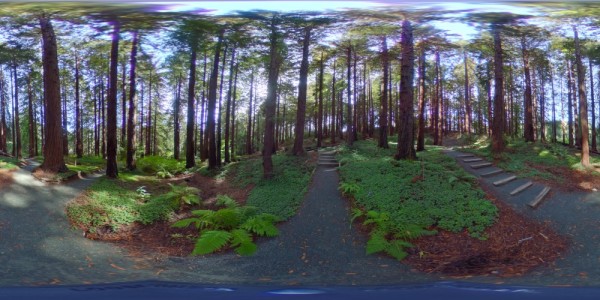DRAFT
Immersive Visualization with 360 Photography
Preface
360 photos provide immersive viewing experiences and are easier and cheaper than ever to create. People and organizations are using 360 photos to share experiences, show what a place looks like in person, and convey all sorts of information about a what makes a place unique and special.
Although the equipment and software behind this technology have gotten dramatically easier and cheapr to use, the field is still fairly young. There are a number of hardware options to consider, shooting techniques, software, and dissemiation choices. Ultimately, the choice of tools should match the needs of the project and the amount of time and resources available.

This guide describes techniques for using consumer grade 360 photography hardware and software. We do not attempt to cover creating high quality 360 photos using high end DSLR cameras with special tripod heads and processing software. For that, see the many excellent tutorials online, YouTube videos, and online short courses available. This guide does also not cover 360 video, although many of the considerations will be the same.
Feedback Wanted!
This guide is a work in progress, and feedback is much appreciated. All contributors will be acknowledged!
If you see a typo or have an edit to a section, please email the author . Better still, if you’re viewing it online and have a GitHub account, click the ‘Edit’ button, edit the markdown file, and then click ‘Create a new branch and start a pull request’. For bigger suggestions and edits, please create an issue on GitHub.

This work by Andy Lyons is licensed under a Creative Commons Attribution-NonCommercial-ShareAlike 3.0 United States License.
